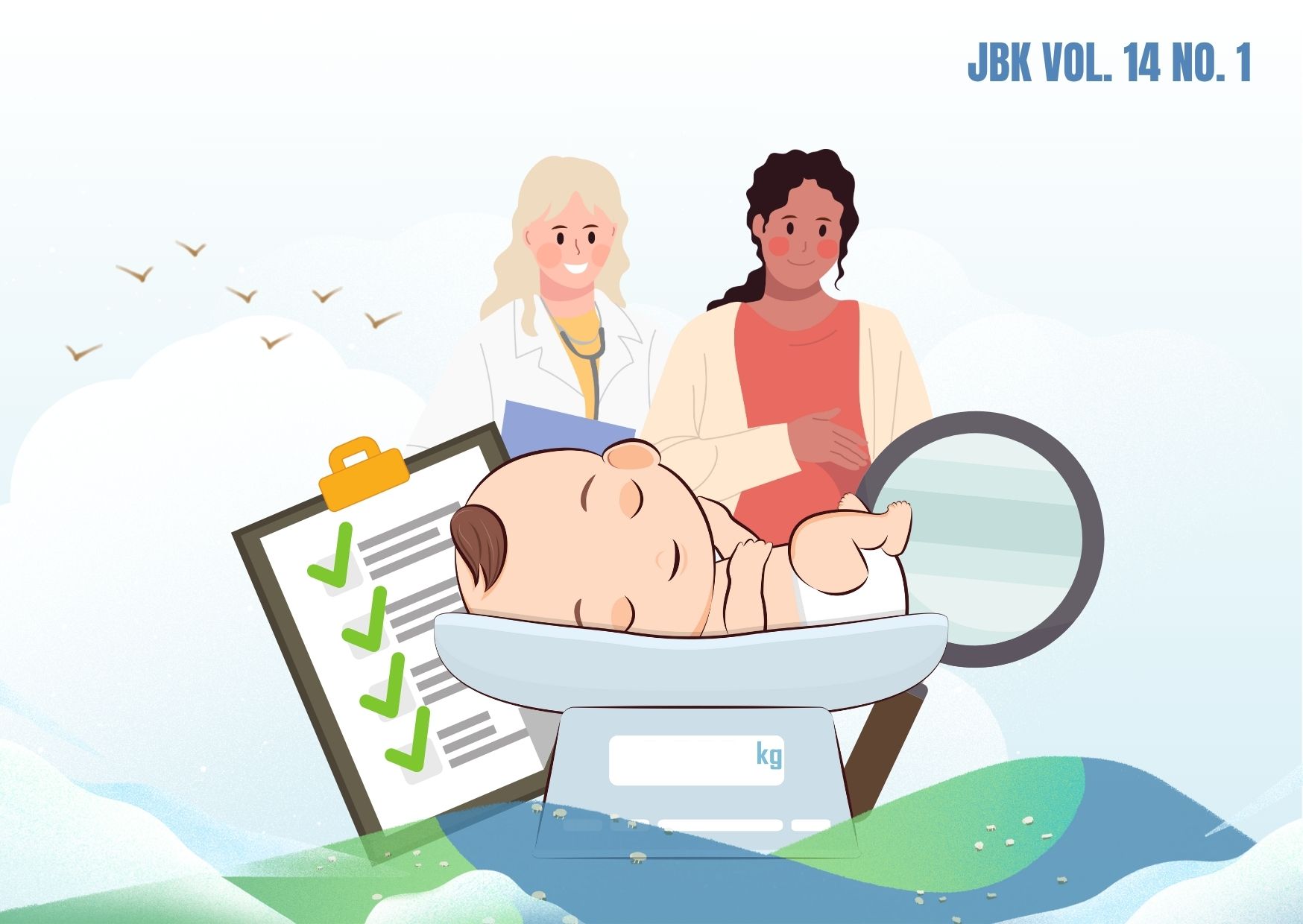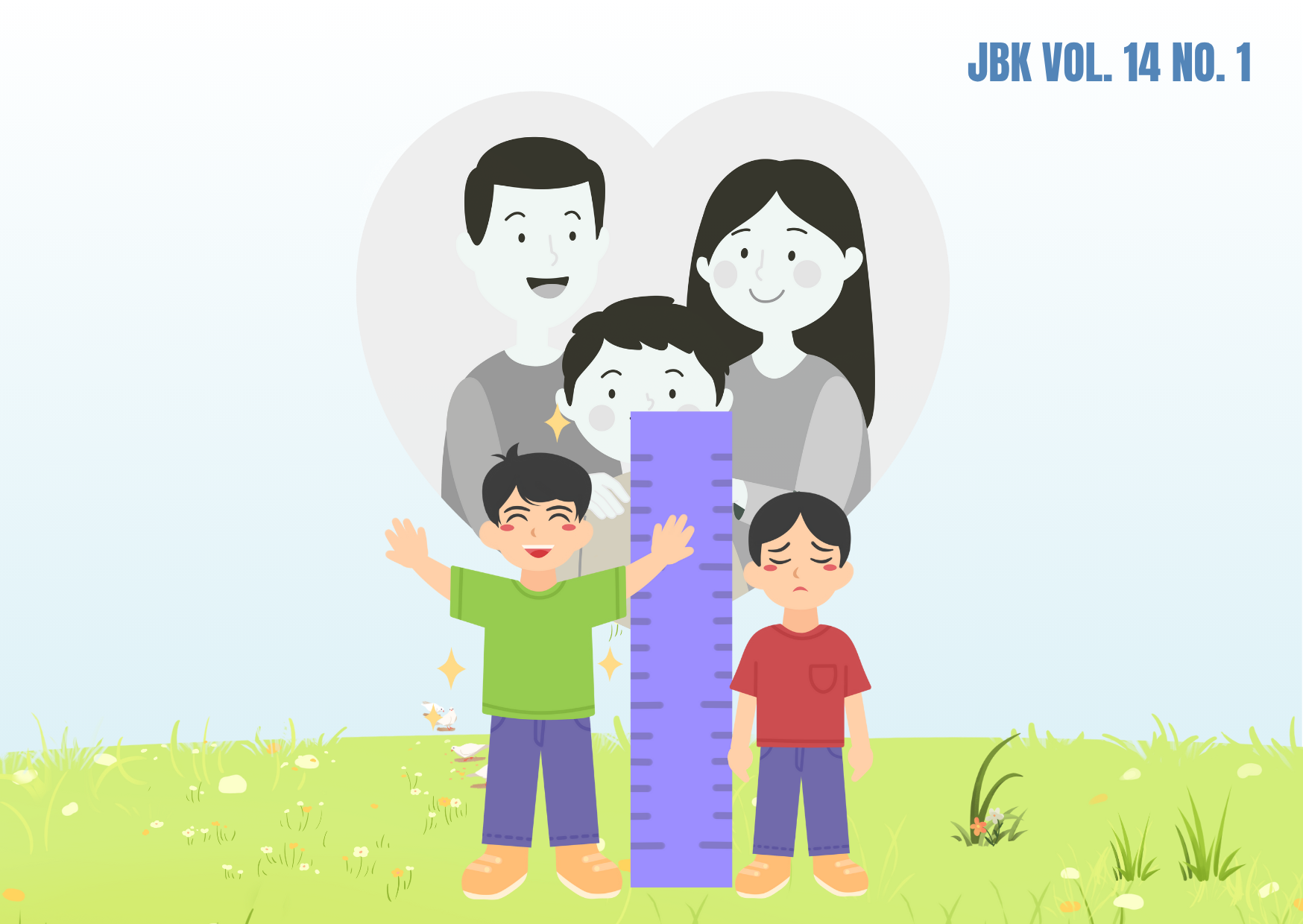AGE AT MIGRATION, DURATION OF RESIDENCE, AND FERTILITY AMONG FEMALE MIGRANTS INTO JAVA
Java Island has become main destination for inter-regional migrants in Indonesia for decades. Previous studies has shown that migration can be expected to have a strong effect on fertility behavior of female migrants. The objective of this study is to examine fertility patterns of internal female migrants into Java Island. The generalized poisson regression models are used to investigate the socialization, the disruption, and the adaptation hypotheses in explaining the fertility differences between migrants and non-migrants. This study finds that the fertility rate for migrants is higher relative to the non-migrants. The analysis shows that first, there is a fertility assimilation process in migration into Java Island with fertility increasing gradually with age at migration. Second, there is a fertility disruption process in migration into Java Island with short-term fertility-lowering-effect of migration event. However, this study find no evidence on fertility adaptation process in migration into Java Island.
Renata F, Jaehee H, Seongwoo L. The Indirect Agricultural Input Elasticity and Spatial Analysis of Migration in Java, Indonesia. Asia Pac J Rural Dev [Internet]. 2014;24(1):13–29. Available from: https://doi.org/10.1177/1018529120140102
Sukamdi, Mujahid G. Internal Migration in Indonesia [Internet]. UNFPA Indonesia Monograph Series No.3. Jakarta: United Nation of Population Fund Publication, United Nations; 2015. xii, 90. Available from: http://indonesia.unfpa.org/sites/default/files/pub-pdf/FA_Isi_BUKU_Monograph_Internal_Migration_ENG.pdf
Saputra DD, Budiarti W. Analisis Data Panel Migrasi Masuk Risen di Pulau Jawa dan Sumatera Periode 1995-2015. J Kependud Indones. 2017;12(2):79–92. Available from: https://ejurnal.kependudukan.lipi.go.id/index.php/jki/article/view/292
Pardede EL, McCann P, Venhorst VA. Internal Migration in Indonesia: New Insights from Longitudinal Data. Asian Popul Stud [Internet]. 2020;16(3):287–309. Available from: https://doi.org/10.1080/17441730.2020.1774139
Hakim AR, Nachrowi ND, Handayani D, Wisana IDGK. Do Amenities and Economic Factors Affect Migration? Empirical Evidence from Indonesian Cities. Environ Urban ASIA [Internet]. 2022;13(1):11–26. Available from: https://doi.org/10.1177/09754253221083169
Wajdi N, van Wissen LJG, Mulder CH. Interregional Migration Flows in Indonesia. Sojourn J Soc Issues Southeast Asia [Internet]. 2015;30(2):371–422. Available from: http://www.jstor.org/stable/24779959
Wolf K. Fertility of Turkish Migrants in Germany : Duration of Stay Matters [Internet]. MPIDR Working Paper. Rostock, Germany; 2014. (WP-2014-001). Available from: https://www.demogr.mpg.de/papers/working/wp-2014-001.pdf
Andersson G. Chapter 16: Family Behaviour of Migrants. In: Schneider NF, Kreyenfeld M, Editors. Research Handbook on the Sociology of the Family [Internet]. Cheltenham, UK: Edward Elgar Publishing; 2021. p. 263–276. Available from: https://doi.org/10.4337/9781788975544.00026
Wilson B. Understanding How Immigrant Fertility Differentials Vary Over the Reproductive Life Course. Eur J Popul [Internet]. 2020;36:465–498. Available from: https://doi.org/10.1007/s10680-019-09536-x
Adserí A, Ferrer A. Chapter 7 - Immigrants and Demography: Marriage, Divorce, and Fertility. In: Chiswick BR, Miller PW, editors. Handbook of the Economics of International Migration [Internet]. North-Holland; 2015. p. 315–374. Available from: https://doi.org/10.1016/B978-0-444-53764-5.00007-4
Ortensi LE. Engendering the Fertility-Migration Nexus: The Role of Women's Migratory Patterns in the Analysis of Fertility after Migration. Demogr Res [Internet]. 2015;32(1):1435–1468. Available from: https://dx.doi.org/10.4054/DemRes.2015.32.53
Kulu H. Migration and Fertility: Competing Hypotheses Re-Examined. Eur J Popul [Internet]. 2005;21(1):51–87. Available from: https://doi.org/10.1007/s10680-005-3581-8
Anelli M, Balbo N. Fertility Drain or Fertility Gain? Emigration and Fertility During the Great Recession in Italy. Demography [Internet]. 2021;58(2):631–654. Available from: https://doi.org/10.1215/00703370-9001598
Thomas MJ, Dommermuth L. Interrelationships among Fertility, Internal Migration, and Proximity to Nonresident Family: A Multilevel Multiprocess Analysis. Demography [Internet]. 2021;58(5):1817–1841. Available from: https://doi.org/10.1215/00703370-9424636
Adserí A, Ferrer AM, Sigle-Rushton W, Wilson B. Fertility Patterns of Child Migrants: Age at Migration and Ancestry in Comparative Perspective. Ann Am Acad Pol Soc Sci [Internet]. 2012;643(1):160–189. Available from: https://doi.org/10.1177/0002716212444706
McConnell C, Brue S, Macpherson D. Contemporary Labor Economics. 12th Editi. McGraw-Hill Education; 2021.
Wajdi N, Mulder CH, Adioetomo SM. Inter-regional Migration in Indonesia: A Micro Approach. J Popul Res [Internet]. 2017;34:253–277. Available from: https://doi.org/10.1007/s12546-017-9191-6
Central Bureau of Statistics. Profil Penduduk Indonesia Hasil Supas 2015. Jakarta; 2015. Available from: https://www.bps.go.id/publication/2016/11/30/63daa471092bb2cb7c1fada6/profil-penduduk-indonesia-hasil-supas-2015.html
Harris T, Yang Z, Hardin JW. Modeling Underdispersed Count Data with Generalized Poisson Regression. Stata J [Internet]. 2012;12(4):736–747. Available from: https://doi.org/10.1177/1536867X1201200412
Mussino E, Ortensi LE. The Same Fertility Ideals as in the Country of Origin? A Study of the Personal Ideal Family Size among Immigrant Women in Italy. Comp Popul Stud [Internet]. 2018;43:243–274. Available from: https://doi.org/10.12765/CPoS-2019-03
Anglewicz P, Corker J, Kayembe P. The Fertility of Internal Migrants to Kinshasa. Genus [Internet]. 2017;73:1–18. Available from: https://doi.org/10.1186/s41118-017-0020-8
Goldstein S. Interrelations between Migration and Fertility in Thailand. Demography [Internet]. 1973;10(2):225–241. Available from: https://doi.org/10.2307/2060815
Hervitz HM. Selectivity, Adaptation, or Disruption? A Comparison of Alternative Hypotheses on the Effects of Migration on Fertility: The Case of Brazil. Int Migr Rev [Internet]. 1985;19(2):293–317. Available from: https://doi.org/10.1177/019791838501900205
Behrman JA, Weitzman A. Point of Reference: A Multisited Exploration of African Migration and Fertility in France. Int Migr Rev [Internet]. 2022;56(3):911–940. Available from: https://doi.org/10.1177/01979183211046571
Mussino E, Cantalini S. Influences of Origin and Destination on Migrant Fertility in Europe. Popul Space Place [Internet]. 2022;28(7):1–15. Available from: https://doi.org/10.1002/psp.2567
Vidal S, Huinink J, Feldhaus M. Fertility Intentions and Residential Relocations. Demography [Internet]. 2017;54(4):1305–1330. Available from: https://doi.org/10.1007/s13524-017-0592-0
Mussino E, Wilson B, Andersson G. The Fertility of Immigrants from Low-Fertility Settings: Adaptation in the Quantum and Tempo of Childbearing? Demography [Internet]. 2021;58(6):2169–2191. Available from: https://doi.org/10.1215/00703370-9476273
Behrman J, Buyukakbas E, Weitzman A. Migrating to New Contraceptive Contexts: The Case of Migrants from Turkey to France. Socius [Internet]. 2022;8. Available from: https://doi.org/10.1177/23780231221131627
Kraus EK, Castro-Martín T. Does Migrant Background Matter for Adolescents' Fertility Preferences? The Latin American 1.5 Generation in Spain. Eur J Popul [Internet]. 2018;34(3):277–312. Available from: https://doi.org/10.1007/s10680-017-9427-3
Copyright (c) 2023 Jurnal Biometrika dan Kependudukan (Journal of Biometrics and Population)

This work is licensed under a Creative Commons Attribution-NonCommercial-ShareAlike 4.0 International License.
Copyright©2022 Jurnal Biometrika dan Kependudukan (Journal of Biometrics and Population)
This work is licensed under a Creative Commons Attribution-NonCommercial-ShareAlike 4.0 International License.
1. Copyright of all journal manuscripts is held by the Jurnal Biometrika dan Kependudukan.
2. Formal legal provisions to access digital articles of the electronic journals are subject to the provision of the Creative Commons Attribution-ShareAlike license (CC BY-NC-SA), which means that Jurnal Kesehatan Biometrika dan Kependudukan to keep, transfer media/format, manage in the form of databases, maintain, and publish articles.
3. Published manuscripts both printed and electronic are open access for educational, research, and library purposes. Additionally, the editorial board is not responsible for any violations of copyright law.



































